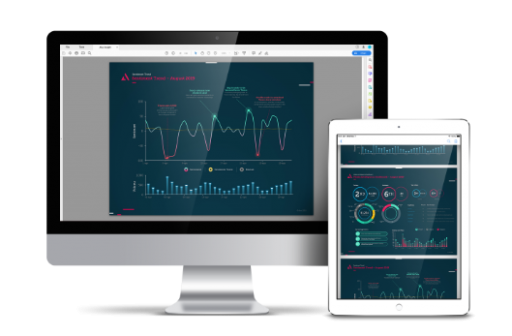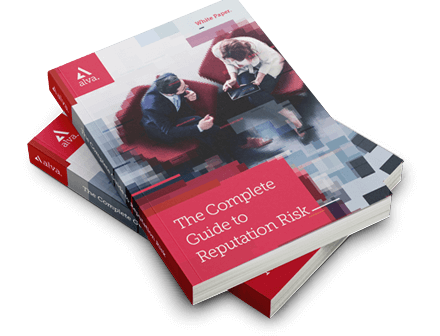The new stakeholder landscape of digital healthcare
As technology-enabled care becomes inevitable, pharmaceutical companies now need to redefine their relationships with external stakeholders. A key shift will be with “end-user” stakeholders, particularly with patients and, perhaps to a lesser degree, healthcare professionals (HCPs).
It should be the role of the Corporate Affairs leader to understand and interpret these changing conversations, expectations and modes of interaction for the business.
Communications is integral to this, as the focus for pharma will likely continue to be increasingly direct conversations with patients and physicians through apps, wearable tech and patient networks.
But while pharma companies try to forge direct relationships with patients and HCPs through mobile apps (the number of pharma generated applications has soared in recent years), a 2015 study by SmartPatient found that only the top ten pharma apps made up two-thirds of all downloads. In a situation that mirrors the wider consumer app landscape, only a small minority of mobile apps attain a significant mass of users, and even fewer are consistently used beyond initial download.
If there is still room for increased integration of pharma into the daily lives of stakeholders, could R&D partnership with tech companies prove more successful? Wearable tech has posed some specific challenges, as Novartis’s “smart lens” partnership with Google Health has lost momentum – and recently Silicon Valley has been accused of naivety in assuming it can apply the same methods it does in coding to complex and sometimes unpredictable human biology.
Despite individual R&D projects having hit stumbling blocks, the fact remains that Apple’s HealthKit and Google Fit have been the healthcare tech most readily integrated into patients’ lives, thanks to the ubiquity of smartphones – but these tools have not yet reached their full potential as diagnostic tools or delivery aids. Therefore, it is perhaps only in partnership with pharmaceutical companies that these products can reach their potential – and pharma companies can most seamlessly engage with end-user stakeholders.
For Corporate Affairs, potential tech partners are a stakeholder of increasing importance.
Finally, the shift to a patient-centric model in healthcare has come with greater data democratisation. One manifestation of this is PatientsLikeMe and its network-based approach to research, trial matching and patient support. Shire is among the companies to have partnered with the site to develop communities around its rare disease portfolio, again highlighting the potential of this type of collaboration to forge connections between pharma companies, patients and physicians.
This new, tech-driven landscape makes patients and HCPs – end-user stakeholders – the most obvious targets for redefined engagement from pharma companies. However, the reality is that tech-enabled care will disrupt relationships across the stakeholder spectrum. As data becomes more freely exchanged, legal and regulatory frameworks around patient protection and cybersecurity will need to be renegotiated. Tech disruption typically leads to lower costs that will play into the current price and value debate. Investors may need to define risk and return differently in the face of changing models of care.
Given this changing stakeholder landscape, it is the role of Corporate Affairs at pharma companies to understand current anxieties and priorities, communicate them internally and prepare the business to evolve relationships. Without a strong societal liaison, pharmaceutical companies risk isolating themselves from emerging influencers or misinterpreting shifting dynamics. And in a sector where success is now being measured on outcomes, it is more important than ever to understand where stakeholder engagement leads.
Be part of the
Stakeholder Intelligence community











